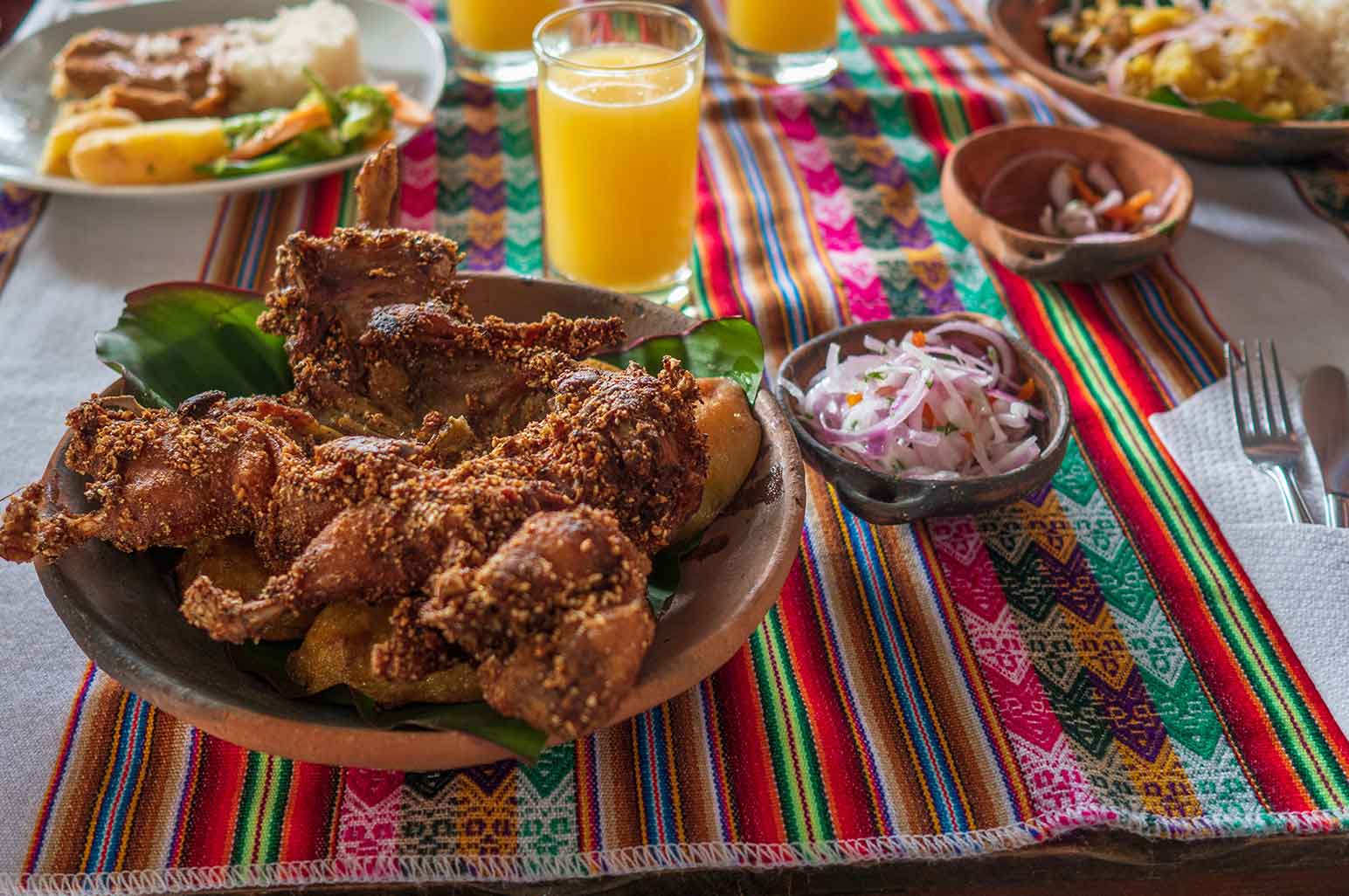
For the most part, Peru still remains a country to be fully explored – a lot of local experiences are limited to the “off-the-beaten-track” tourists. Despite its rich culture and history, many travelers choose other, less remote destinations for their holiday travels. Meanwhile, Peru has a lot to offer for those interested in ancient civilizations and extraordinary landscapes.
The fantastic contrast between the bustling cities and remote mountain ranges is truly incredible and speaks to the variety this country has to offer. However, the most amazing thing for people who visit Peru could be… the food! Peruvian cuisine is known for being spicy and hot and wonderfully savory.
Below you’ll find a quick guide for Peruvian food and drinks.

Peru – A Brief Intro
Before exploring the world of Peruvian cuisine, it’s good to know some basic facts. Peru is a country in South America that borders with Ecuador, Colombia, Brasil, and Bolivia. It is the third biggest country on the continent. Peru has a varied landscape, as there are both coast and mountains there.
Peru has Hispanic influences – Francisco Pizarro landed here and quickly conquered the Mayan Empire in 1532. If you look carefully, you can also see some African and Asian influences in Peru. One of the most popular tourist attractions is Machu Picchu. It’s an ancient city of the Incas. To explore the Inca trail route to Machu Picchu is probably one of the most famous Peruvian challenges, and it figures high up on every adventurer’s bucket list.
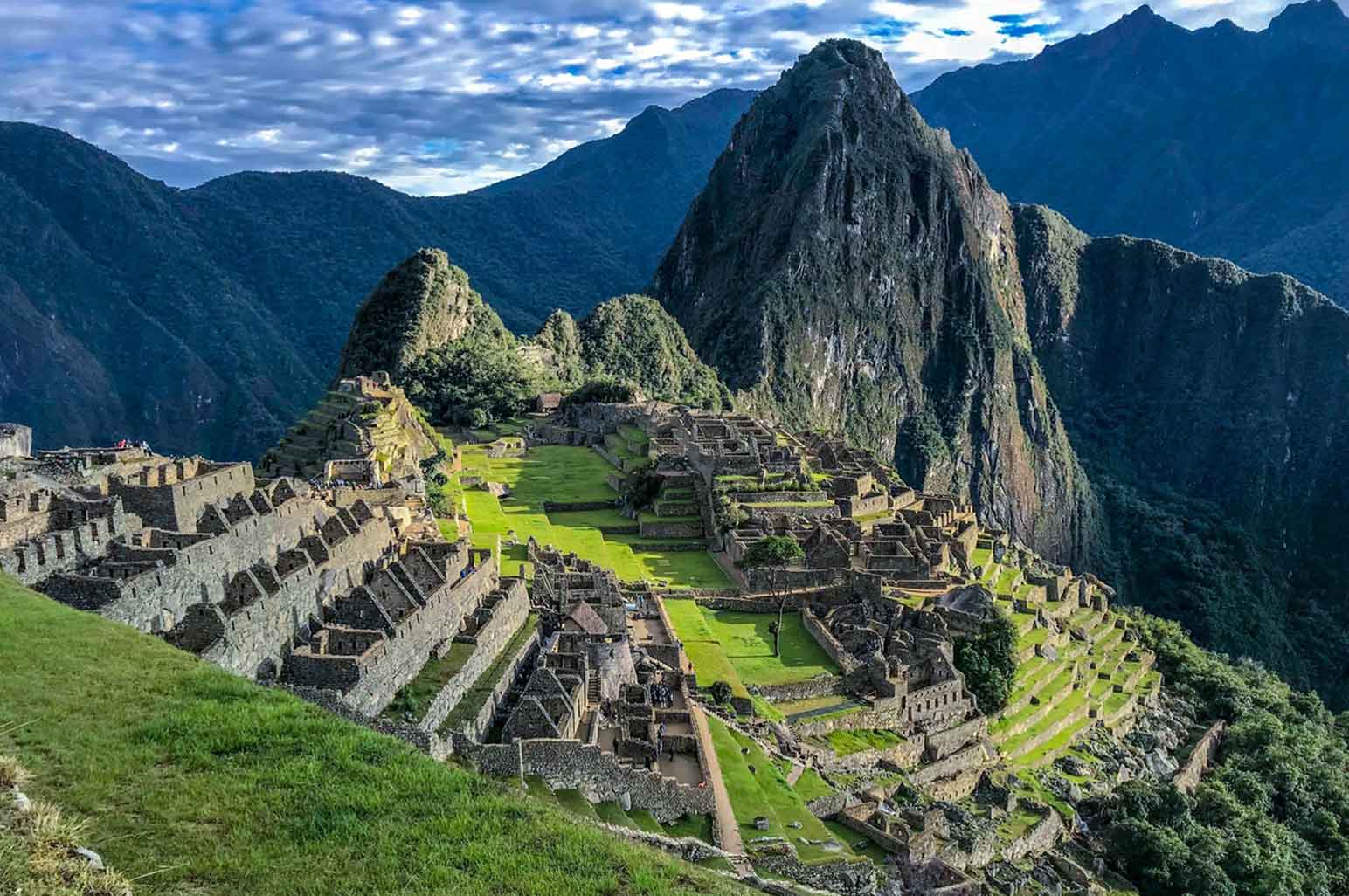
Peruvian Food and Drink
Apart from being spicy, Peruvian food is known mainly for its variety. There are around two thousand kinds of fruit and vegetables in this country, which makes the cuisine varied, healthy, and colorful. It could be described as ‘fusion cuisine,’ which derives inspiration from native Peruvian and, of course, Spanish kitchens. Moorish, Arab, African and Asian influences might not be so obvious, but they can be found in Peruvian cuisine.
Some of the top Peruvian specialties include:
- Pollo a la brasa – grilled chicken served with salad and sauces
- Papas a la huancaina – potatoes sliced and then served with lettuce and eggs or olives
- Mazamorra morada – a kind of dessert made of jelly, fruits, and cinnamon
- Tamales – maize dumplings filled with meat
- Causa rellena – potato cakes with various fillings – chicken or vegetables
- Ceviche – spicy marinated raw fish

Most popular Peruvian drinks include:
- Pisco – a popular alcoholic drink, a kind of brandy distilled from grapes
- Pisco sour – a cocktail made from Pisco
- Chicha de jora – Peruvian beer
- Chicha morada – purple corn juice (non-alcoholic)
- Inca Kola – a sweet fizzy drink – the Peruvian equivalent of Coca Cola
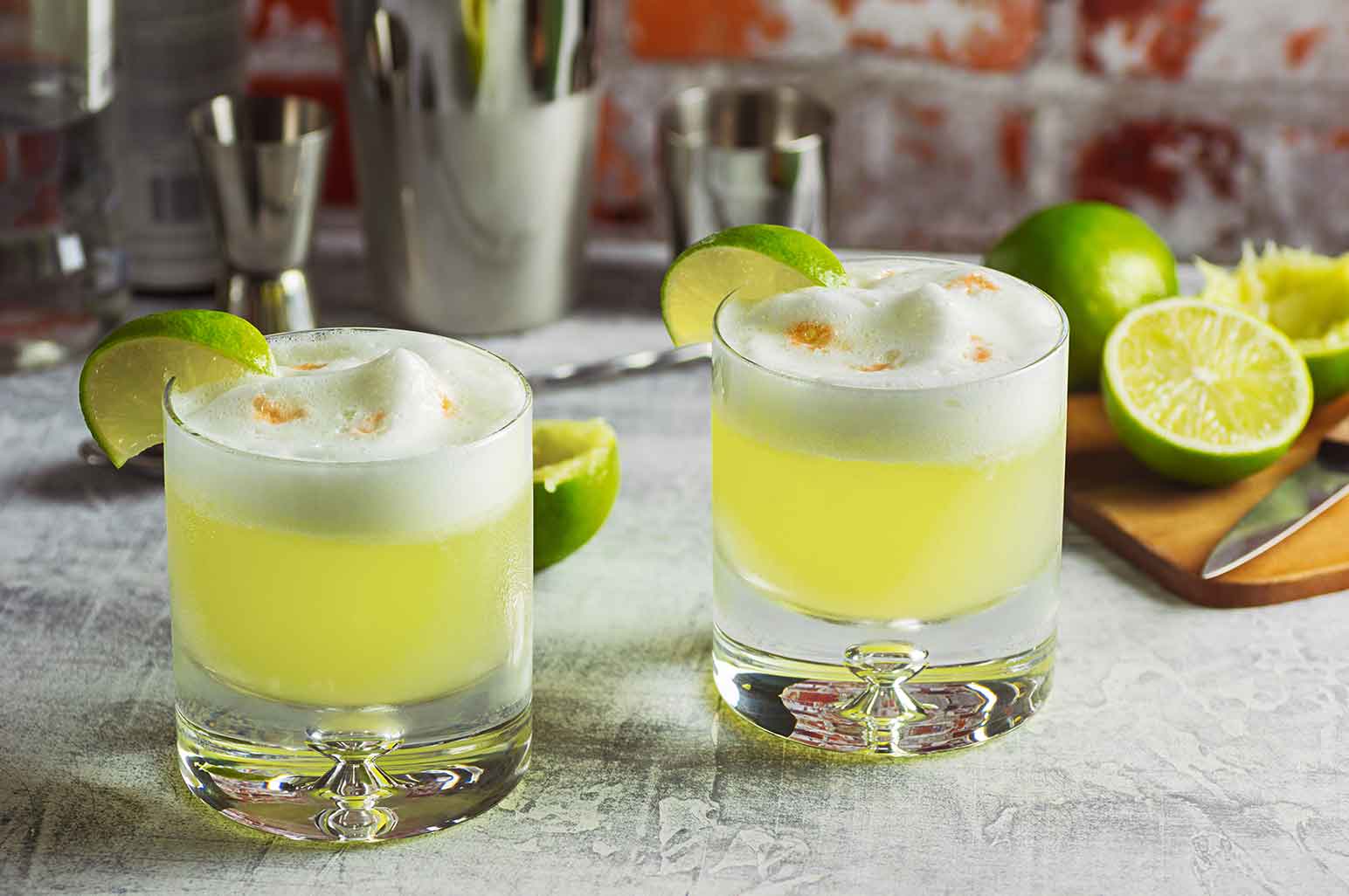
Peruvian Cuisine – Regional Variations
As Peru is a geographically and culturally varied country, the cuisine is also different depending on the region. For example, the coastal areas are known for dishes made with fish, such as previously mentioned ceviche, or shrimps.
On the coast, street food is really popular – street vendors sell a variety of finger foods and snacks, like, for instance, anticuchos and tamales.
Anticuchos are shishkebabs made from beef hearts and then marinated in salt, vinegar, cilantro, and sometimes beer. A tamale is a snack that consists of corn paste and meat that is wrapped up in a banana leaf and steamed. It’s a savory and hearty snack with many flavors you won’t find anywhere else.
To read more about typical Peruvian coastal products, click here.
Another region that is important for the variety of Peruvian cuisine is the Andes region. There, the diet is quite simple, and it is based mainly on corn and potatoes – both native to this soil. Peruvians eat meat from local animals, such as alpacas or guinea pigs, but also sheep and swine.
Some of the popular dishes in the mountain regions are pachamanca, tocosh, and cuy chactado.
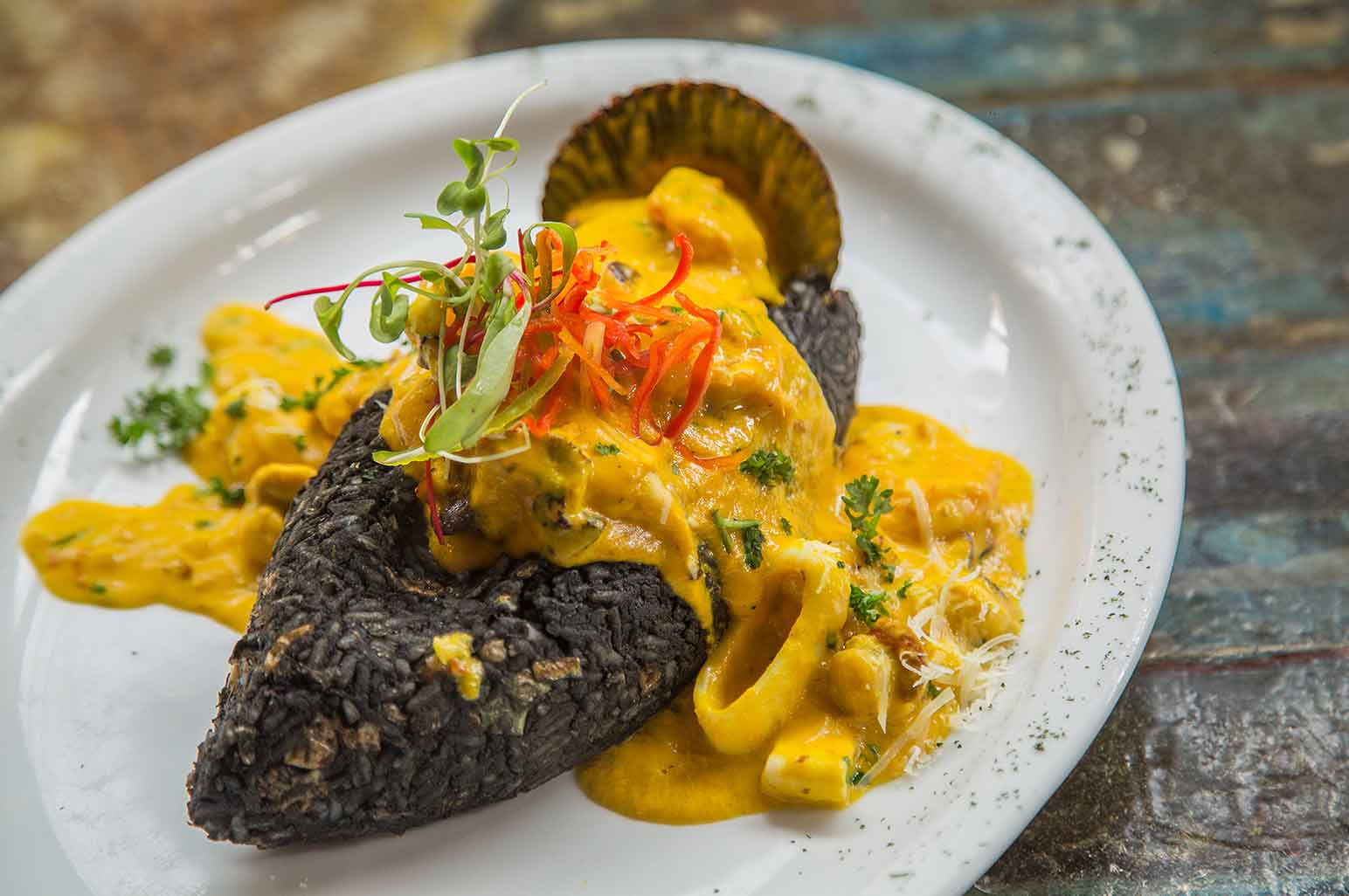
Pachamanca is made from many kinds of slowly cooked meats and vegetables, and it is probably the most common dish in this area. It will often include beautiful local maize – this kind of corn can only be tasted locally because it’s not grown anywhere else. Peruvians cultivate an incredible variety of heirloom corn that you’ll be lucky to experience if you’re in the area.
Tocosh is another traditional food that is prepared from potato pulp or less often, maize. It’s a fermented dish – unlike any other you’ve seen. Wrapped in a grass basket, it is fermented under running water for up to a year – a river or a mountain stream will do. It is called the “natural penicillin” of the Andes, because it actually does contain penicillin after it’s long fermentation journey. The Ancient Incas said it was the gift of the god Inti, in order to make their bodies healthy. You can buy tocosh powder in many Peruvian stores.
If you’re a guinea pig owner, then close your ears – Cuy chactado is made from fried guinea pig meat and is served with potatoes, corn and other vegetables. The meat should be fried and crispy on the outside, and moist and sumptuous on the inside. This is the way a lot of cultures prepare pork – so maybe this is where the term “pig” comes from?
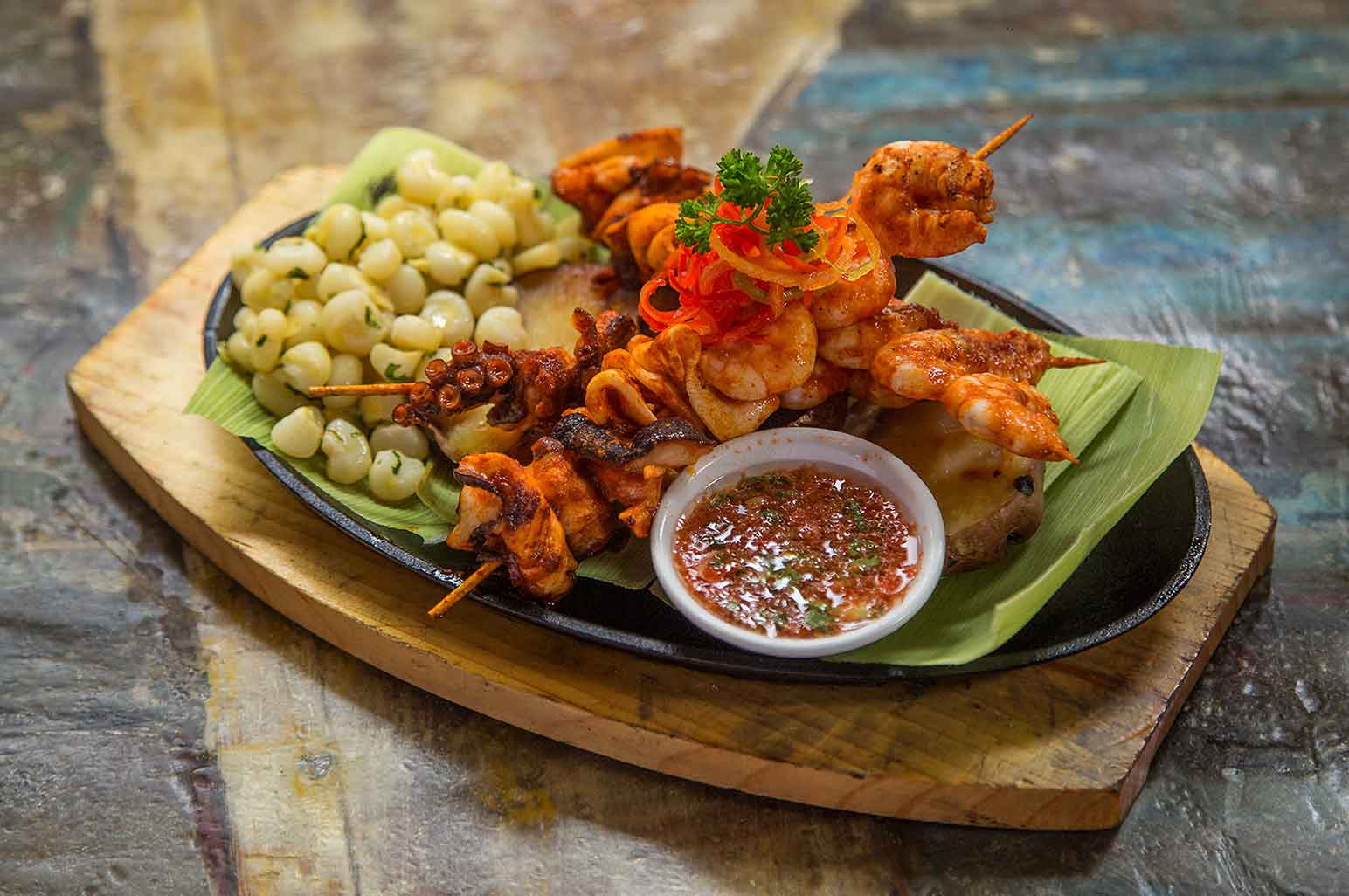
When in Peru
Peruvians enjoy traditional food that involves a lot of maize, citrus, vegetables, and meat.
The Peruvians’ attitude towards food and drinking culture is also visible in the drinking age – drinking age in this country is 18 years old, which is standard, but fairly more liberal than in the United States. And there is a variety of Peruvian alcoholic beverages to choose from.
One important thing to keep in mind when visiting Peru is paying attention to the quality of water – try to choose bottled water bought in a store. To read more tips about what to keep in mind when in Peru, have a look at this article.
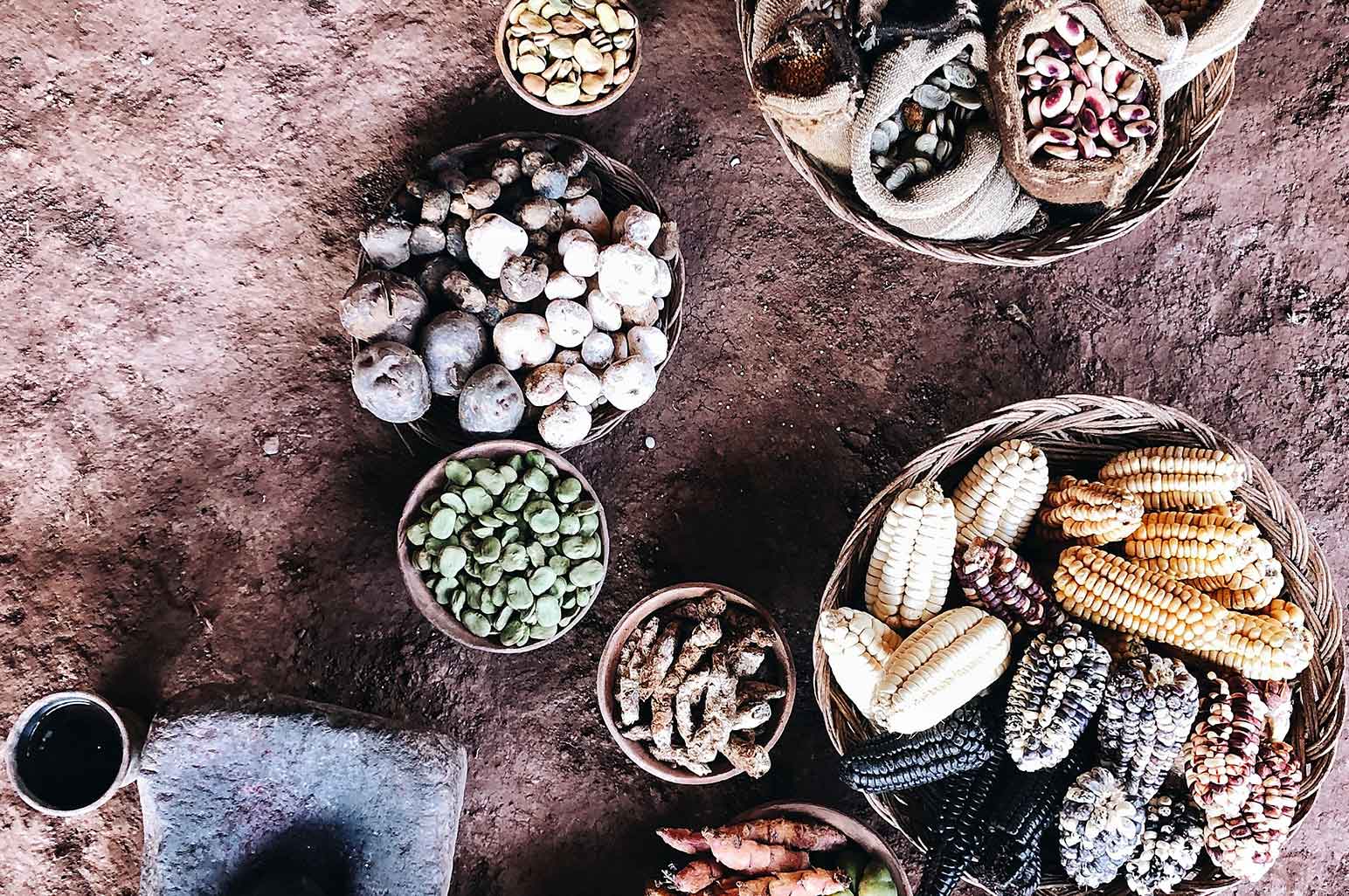
Conclusion
Peru is an incredibly diverse and interesting country, not only in terms of landscape, history, and culture, but also when it comes to cuisine. You can try a large variety of foods and both alcoholic and non-alcoholic beverages. Like every country, Peru has its own specialties, which may be found strange by foreigners, but are a once-in-a-lifetime opportunity to try foods whose history often goes back to the Ancient Mayans.
